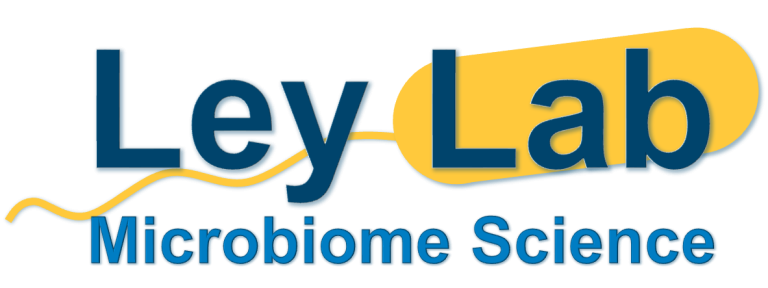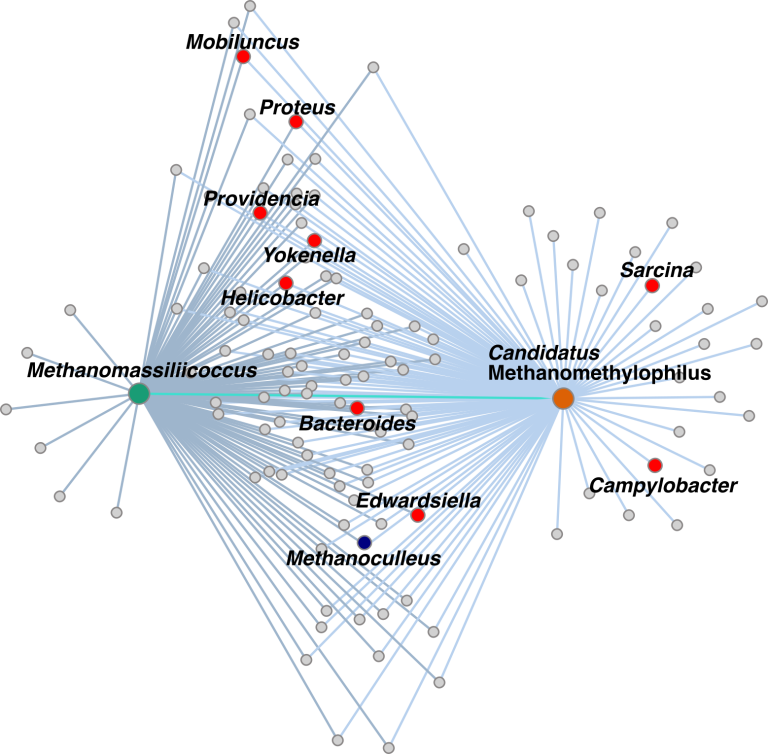Methanomassiliicoccales are lesser known members of the human gut archaeome that use methylated amines, including trimethylamine, in methane production. A new study, led by grad student Jacobo de la Cuesta-Zuluaga and published in mSystems, assessed the abundances of these methanogens in environmental and host-associated microbial communities, compared their genomes to free-living relatives and characterized their distribution in multiple human populations.
This work confirmed the existence of two groups of Methanomassiliicoccales, one largely host-associated and one largely found in environmental samples, with some exceptions. Host-associated archaea had smaller genomes and possessed genes related to bile resistance and aromatic amino acid precursors. Jacobo’s analyses did not detect Methanomassiliicoccales in all human populations, but when present, they were correlated with bacteria known to produce trimethylamine. Due to their metabolism of trimethylamine, these intriguing archaea may form the basis of novel therapies for cardiovascular disease.


